How the science of the super small affects our everyday lives.


https://www.youtube.com/attribution_link?a=_K-K6G1lIYk&u=/watch?v=bvCbrFD7wdU&feature=share
In his talk, Bob Sutor will discuss the basics of the quantum computing technology, the motivation for quantum computing, and the outlook for the future.
EVENT:
Open FinTech Forum 2018
SPEAKER:
Bob Sutor
PERMISSIONS:
Original video was published with the Creative Commons Attribution license (reuse allowed).
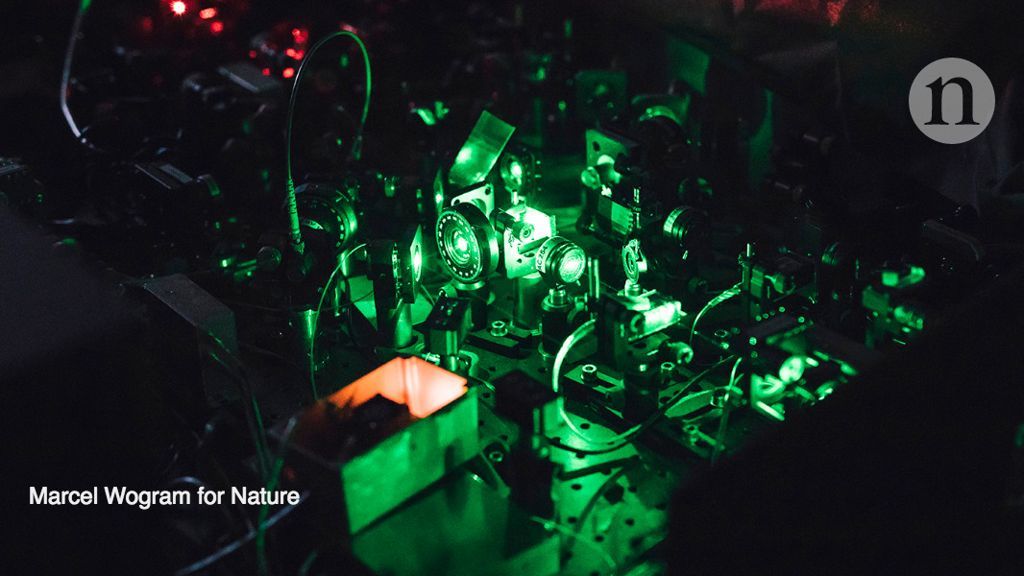
A future ‘quantum internet’ could find use long before it reaches technological maturity, a team of physicists predicts.
Such a network, which exploits the unique effects of quantum physics, would be fundamentally different to the classical Internet we use today, and research groups worldwide are already working on its early stages of development. The first stages promise virtually unbreakable privacy and security in communications; a more mature network could include a range of applications for science and beyond that aren’t possible with classical systems, including quantum sensors that can detect gravitational waves.
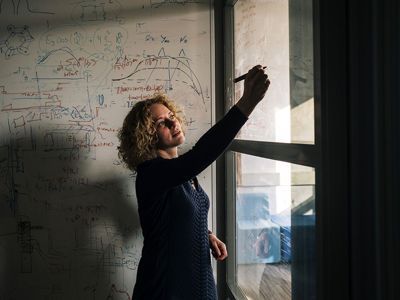
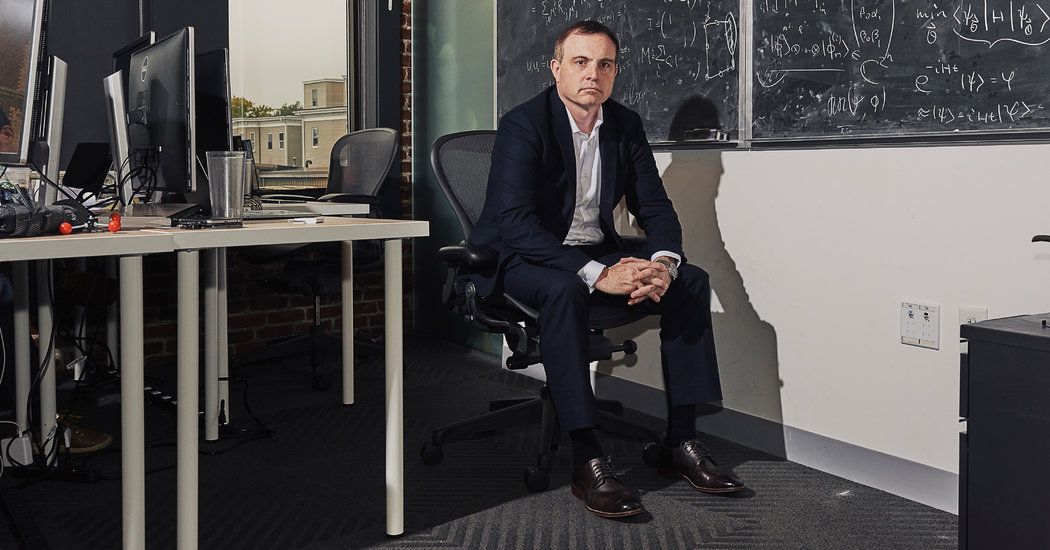

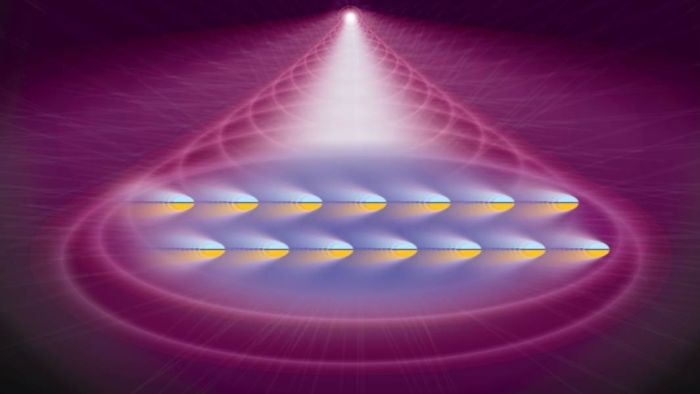
Perhaps physicists should leave human intuition at the laboratory door when designing quantum experiments too.
An Australian crew enlisted the help of a neural network — a type of artificial intelligence — to optimise the way they capture super-cold atoms.
Usually, physicists smoothly tune lasers and magnetic fields to gradually coax atoms into a cloud, according to study co-author Ben Buchler from the Australian National University.

UK-based Crypto Quantique has announced the launch of what is being claimed as the world’s most advanced security product for IoT devices – with a quantum edge.
The technology behind this solution includes world’s first quantum driven secure chip (QDSC) on silicon which, when combined with cryptographic APIs, provides highly scalable, easy-to-implement and seamless end-to-end security for any connected device.
Quantum computing differs from classical computing in that it has the potential to find patterns and insights based on data which does not exist, rather than finding patterns in vast amounts of existing data. Its potential applications include improving security through quantum physics and enhancements to machine learning and artificial intelligence.

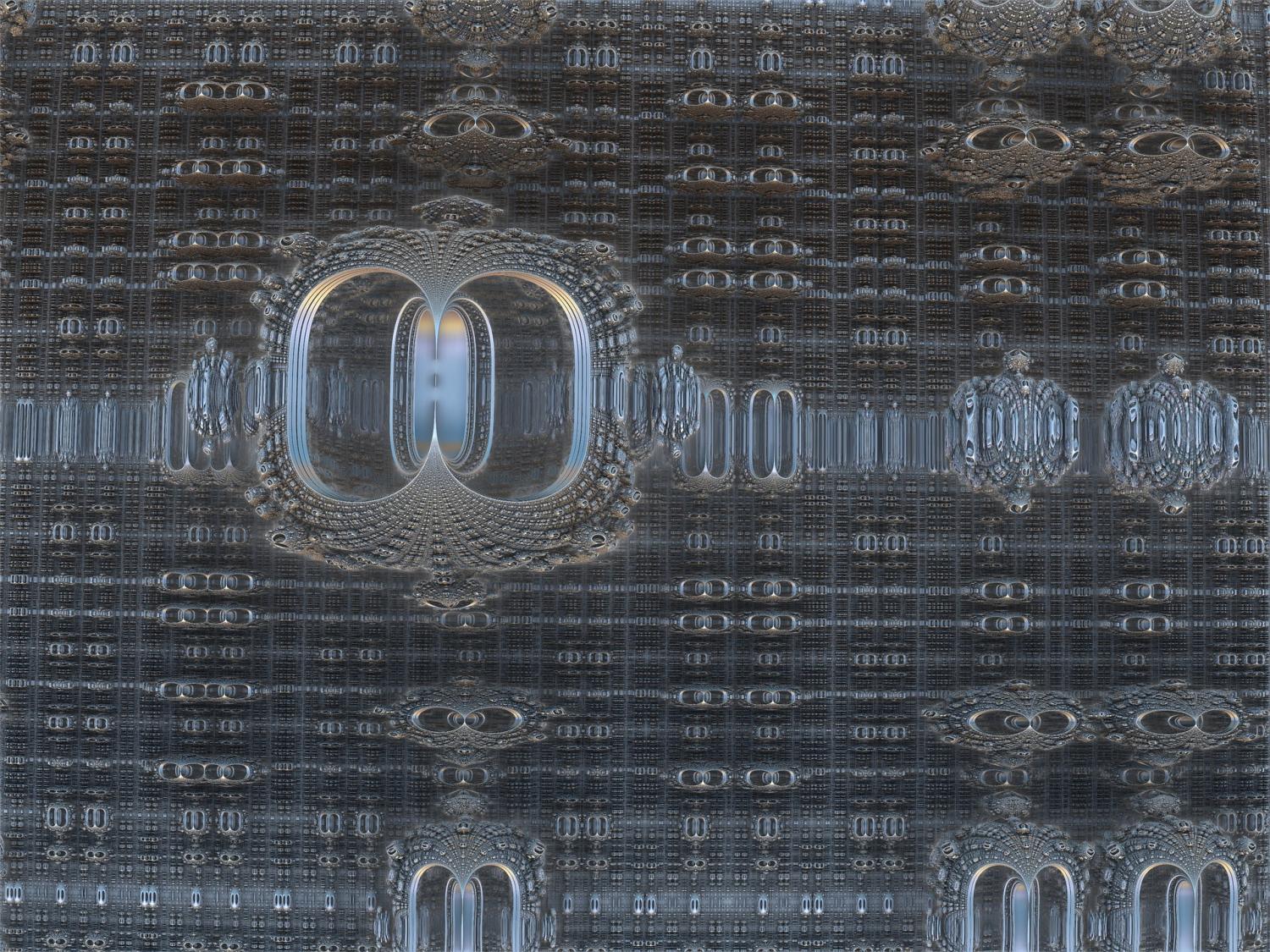
For many years, quantum computers were not much more than an idea. Today, companies, governments and intelligence agencies are investing in the development of quantum technology. Robert König, professor for the theory of complex quantum systems at the TUM, in collaboration with David Gosset from the Institute for Quantum Computing at the University of Waterloo and Sergey Bravyi from IBM, has now placed a cornerstone in this promising field.
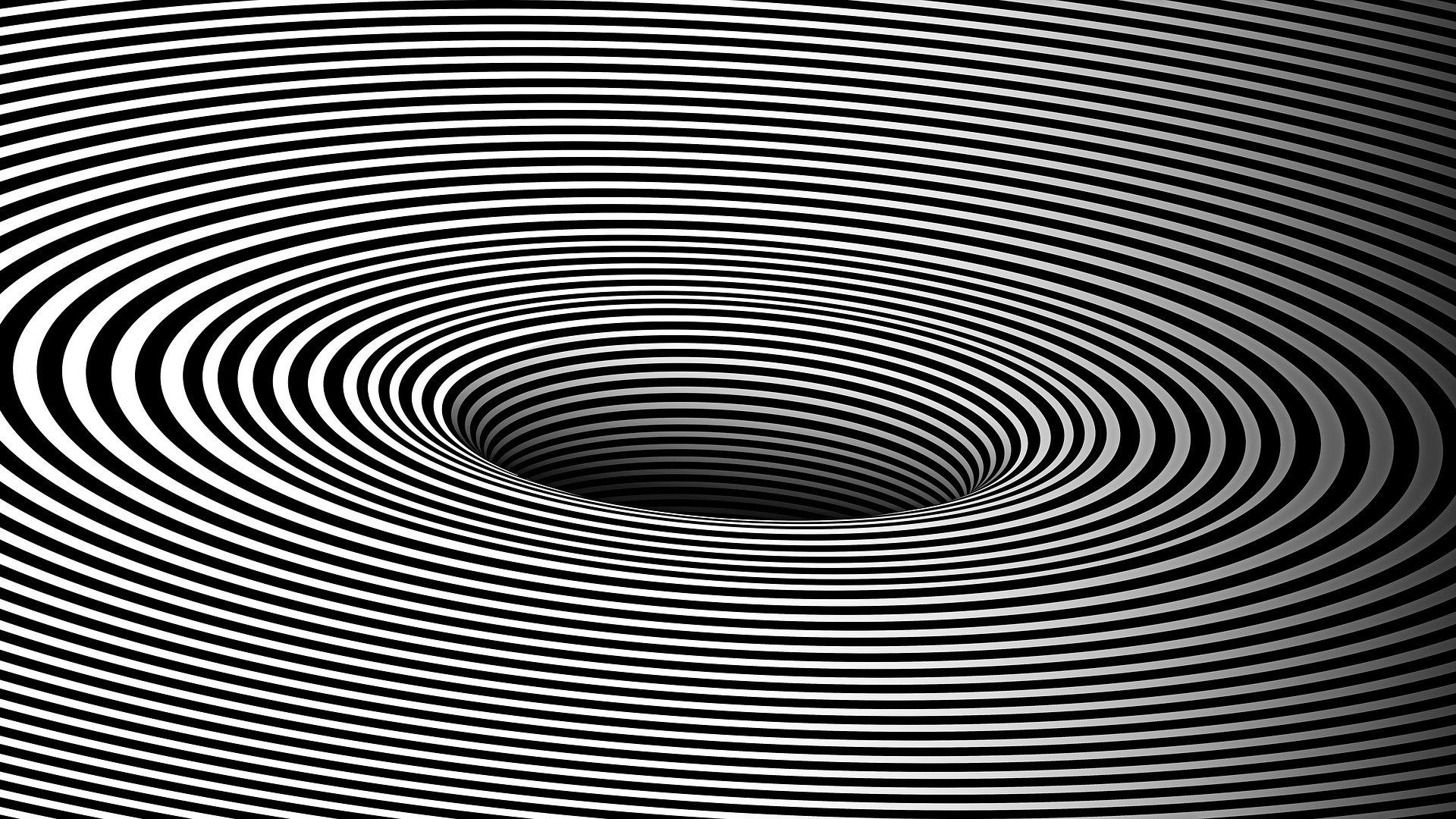
A RUDN physicist demonstrated how to describe the shape of any symmetrical wormhole—a black hole that theoretically can be a kind of a portal between any two points in space and time—based on its wave spectrum. The research would help understand the physics of wormholes and better identify their physical characteristics. The article was published in the Physics Letters B journal.
Modern concepts of the universe provide for the existence of wormholes—unusual curvatures in space and time. Physicists imagine a wormhole as a black hole through which one can see a distant point of the universe in four dimensions. Astrophysicists are still unable to determine the shape and sizes of black holes precisely, let alone theoretical wormholes. A RUDN physicist has now demonstrated that the shape of a wormhole can be calculated based on observable physical characteristics.
In practice, physicists can observe only indirect properties of wormholes, such as red shift—a downward shift in the frequency of gravitational waves in the course of moving away from an object. Roman Konoplya, a research assistant from the RUDN Institute of Gravitation and Cosmology, the author of the work, used quantum mechanical and geometrical assumptions and showed that the shape and mass of a wormhole can be calculated based on the red shift value and the range of gravitational waves in high frequencies.